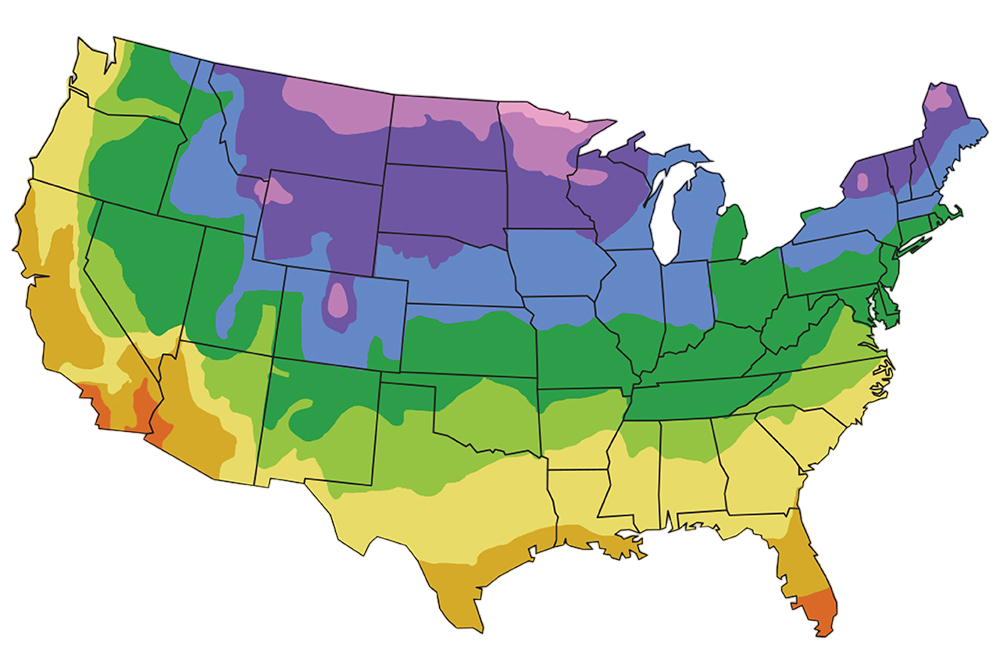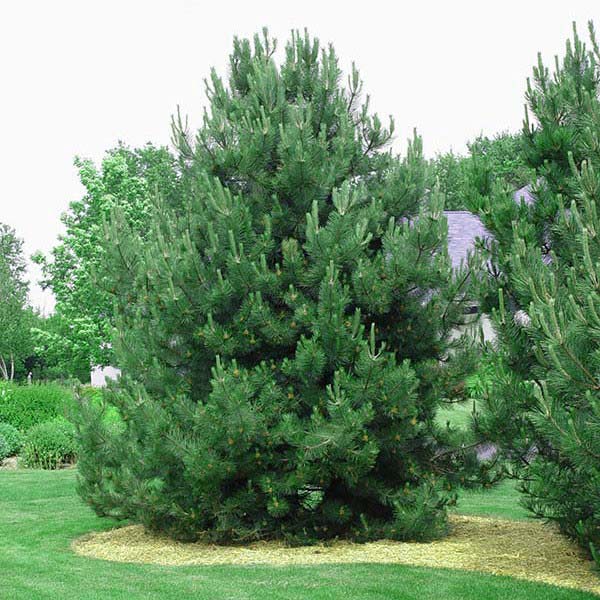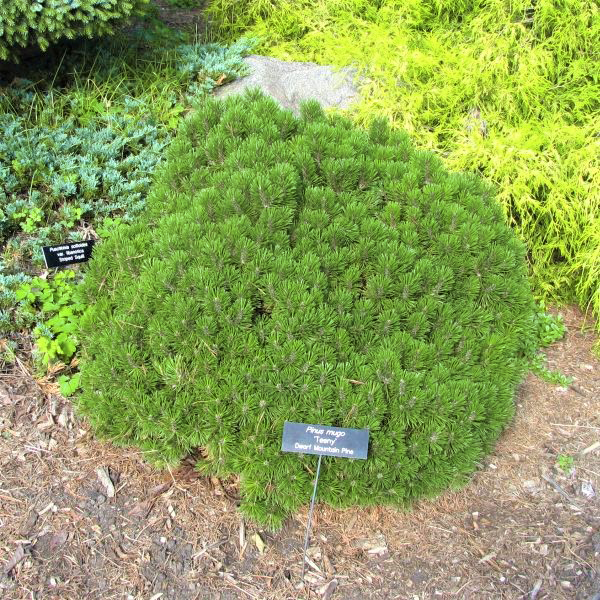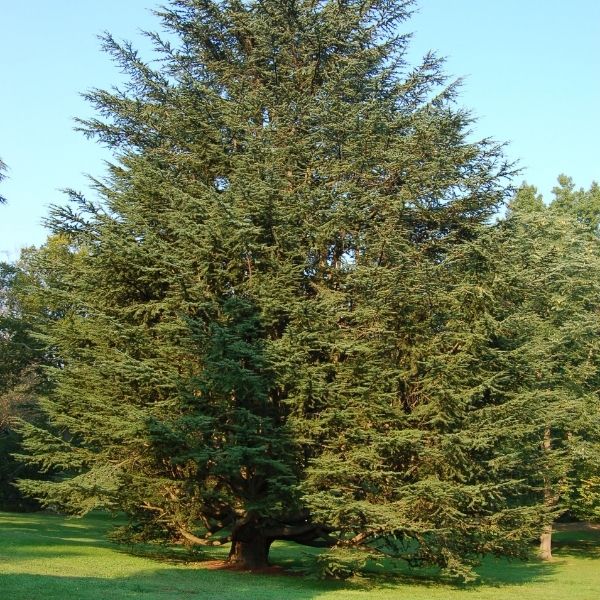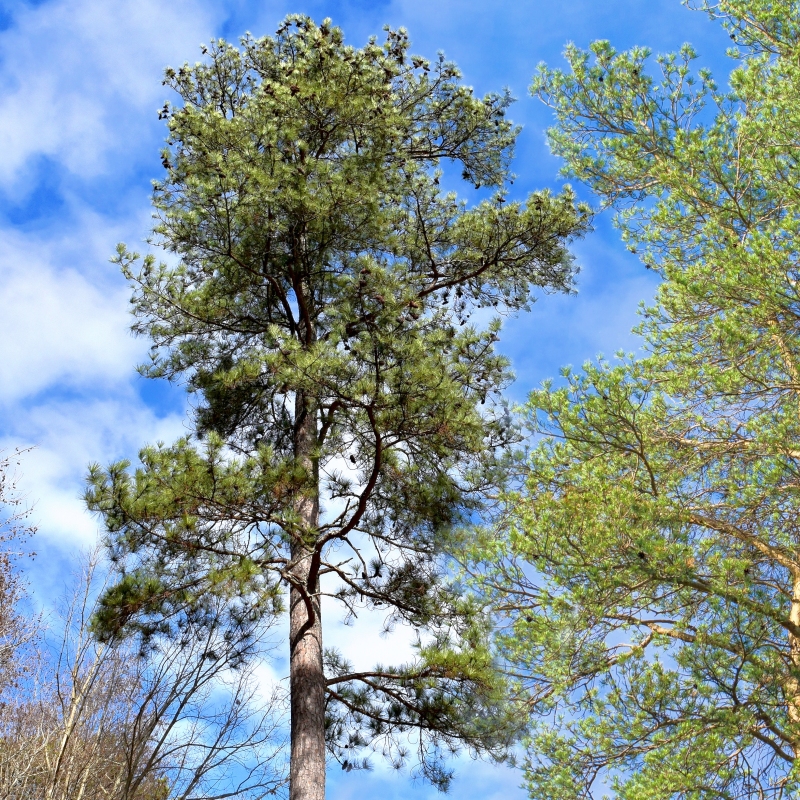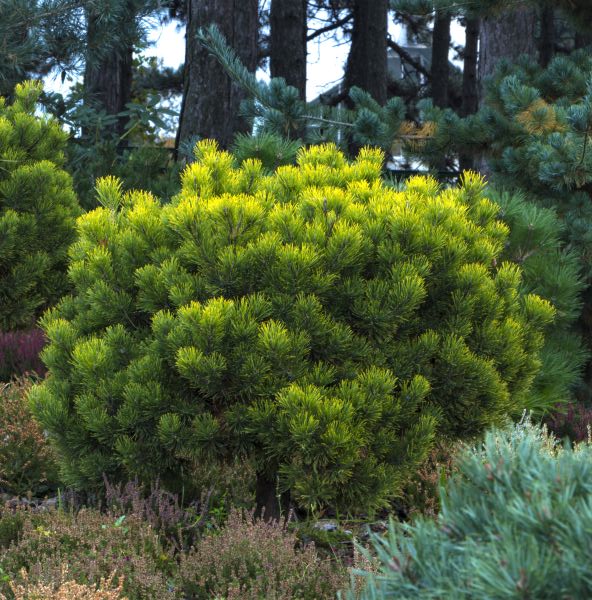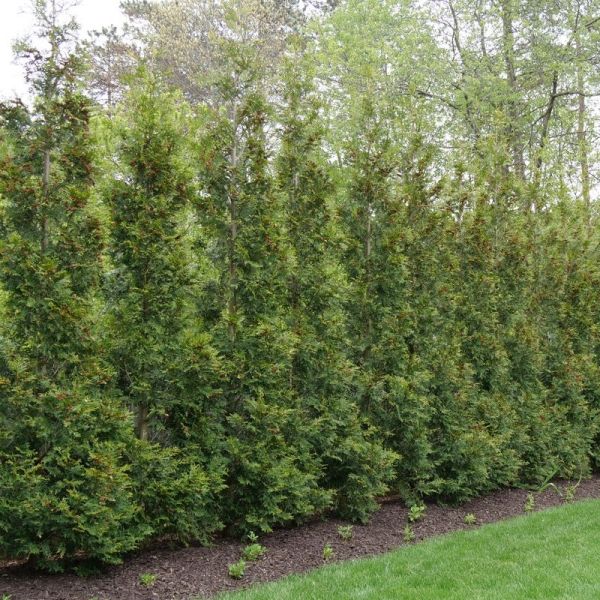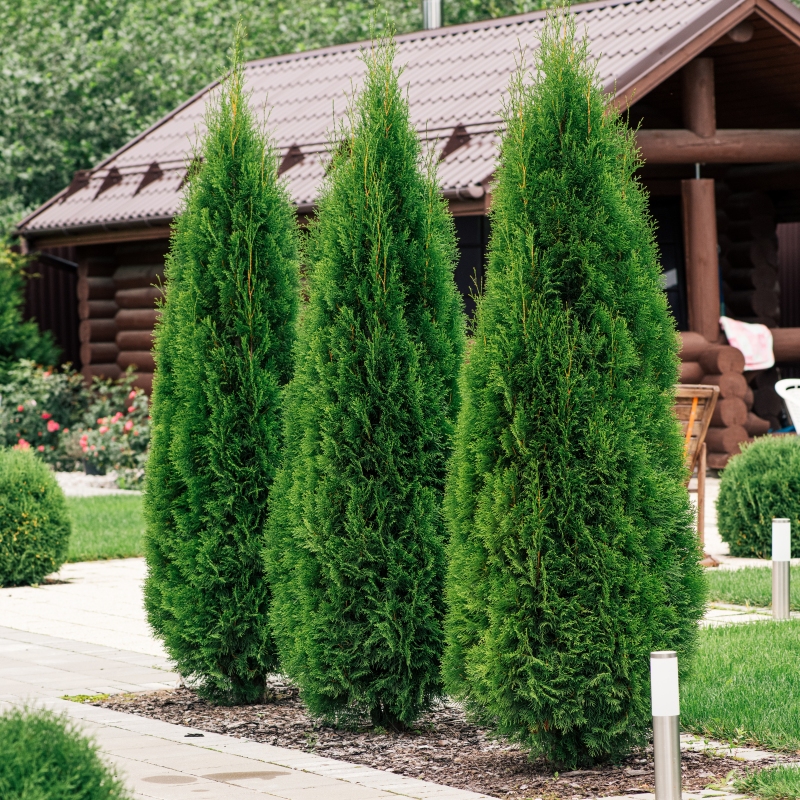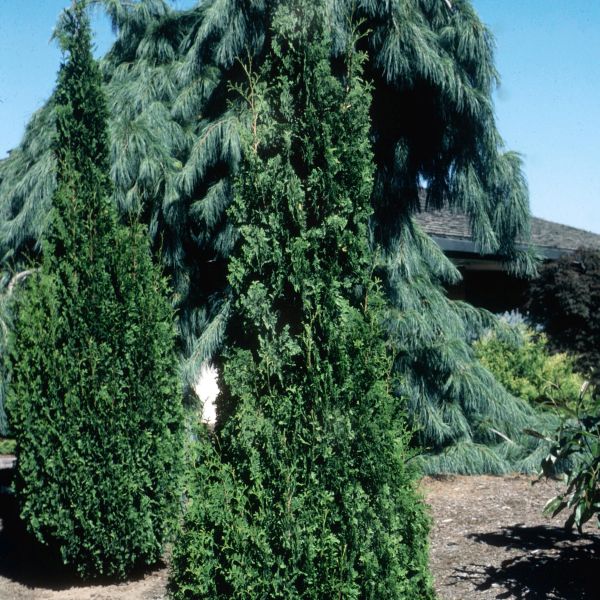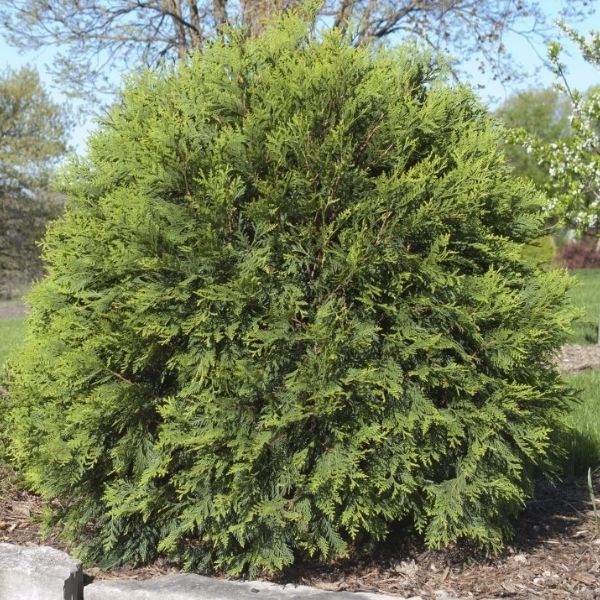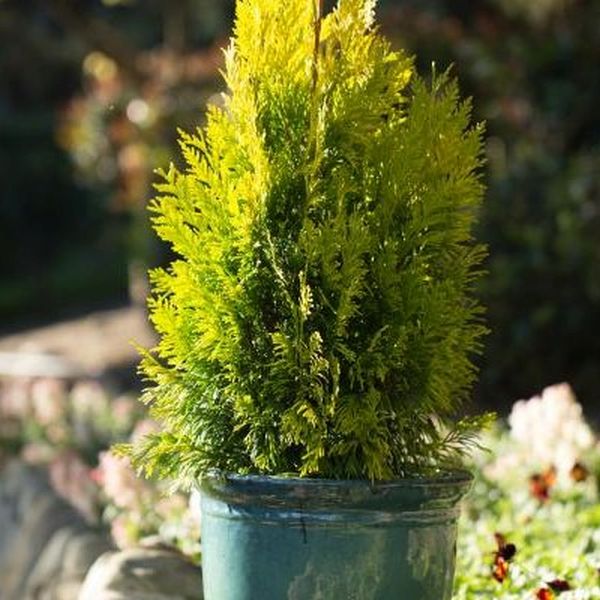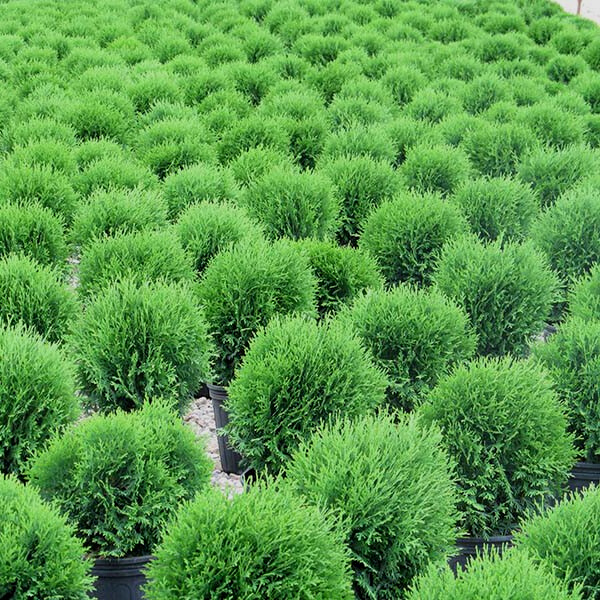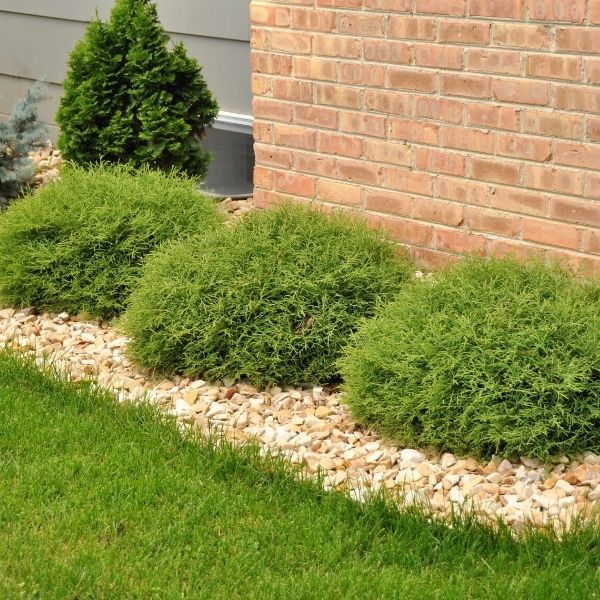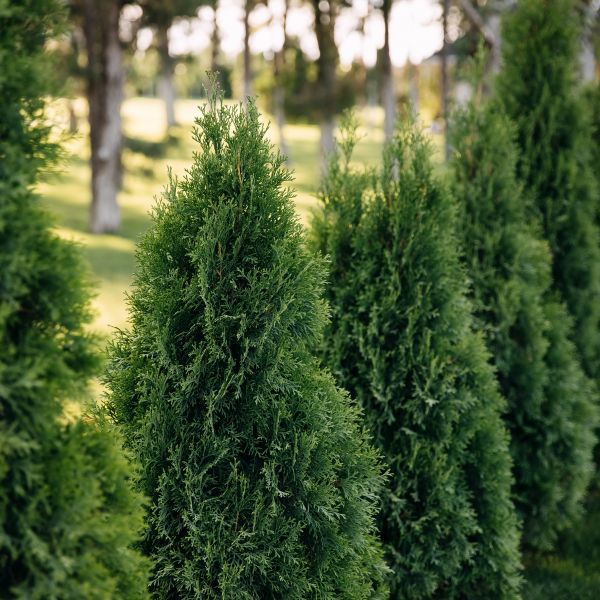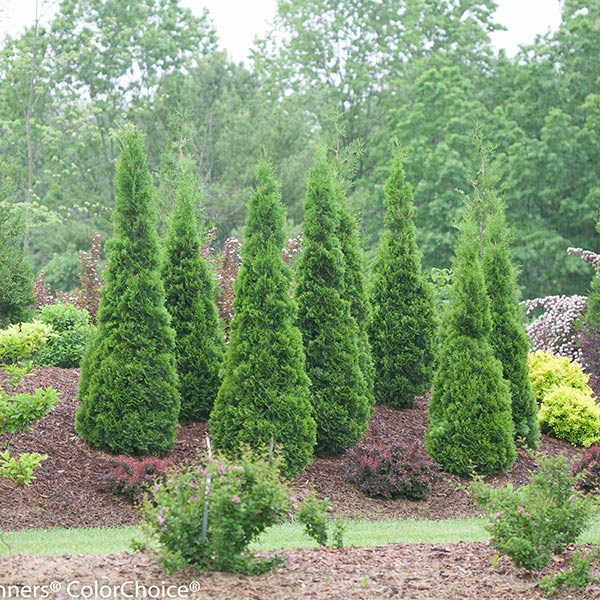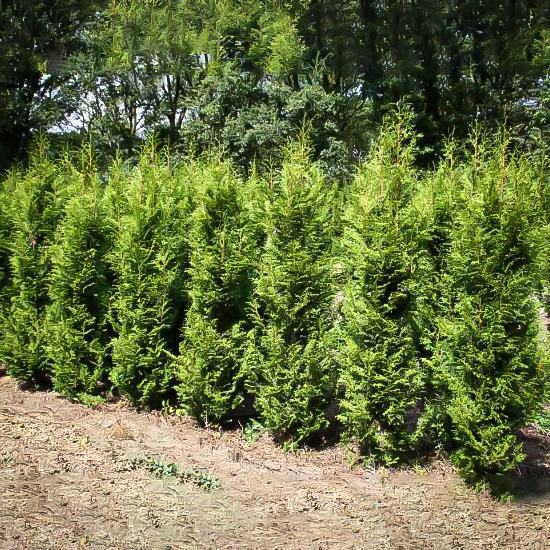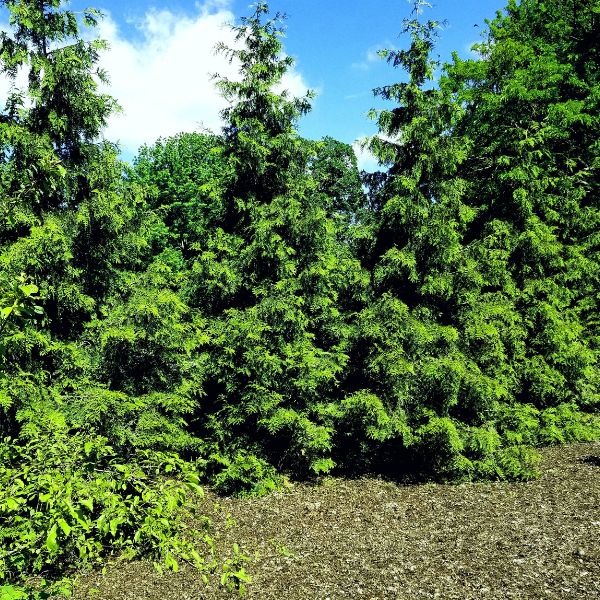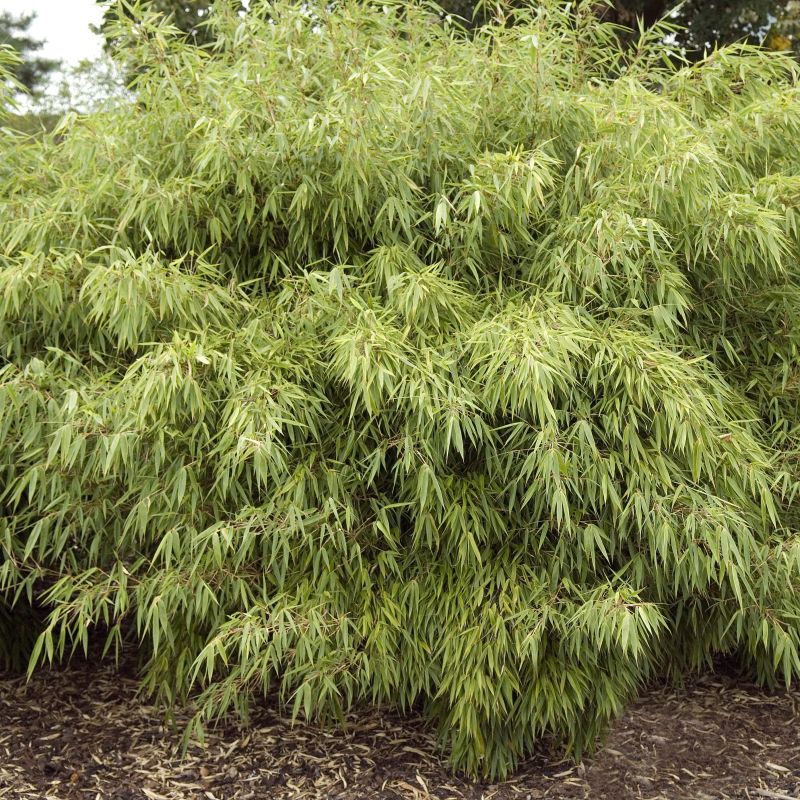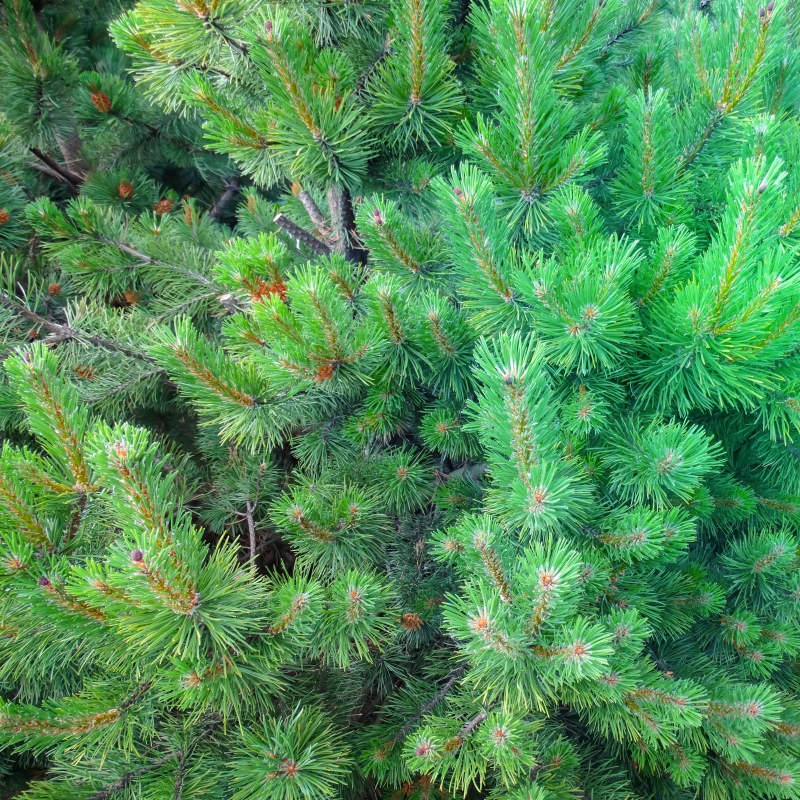


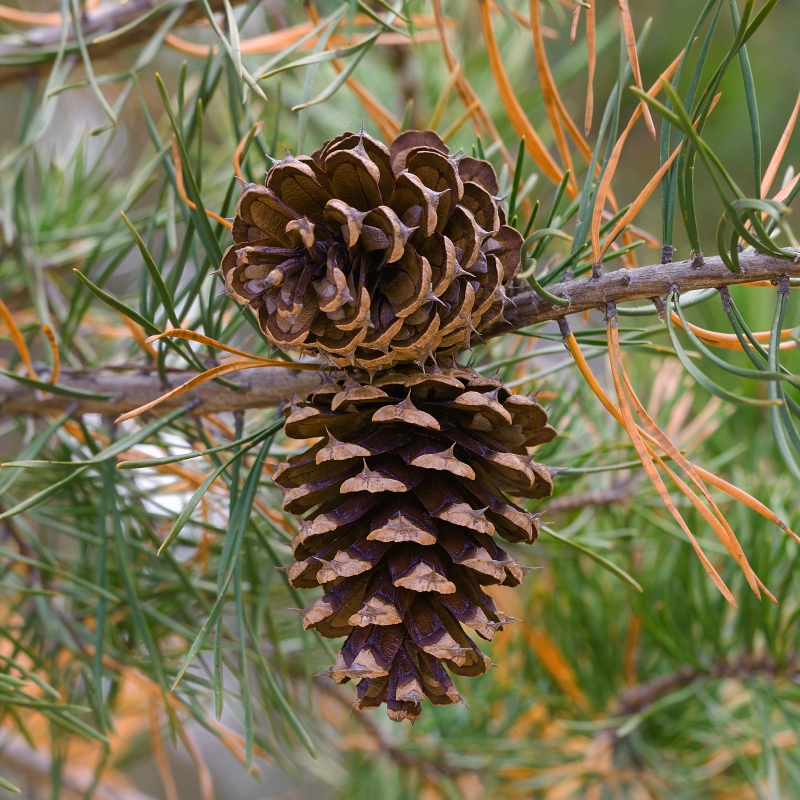
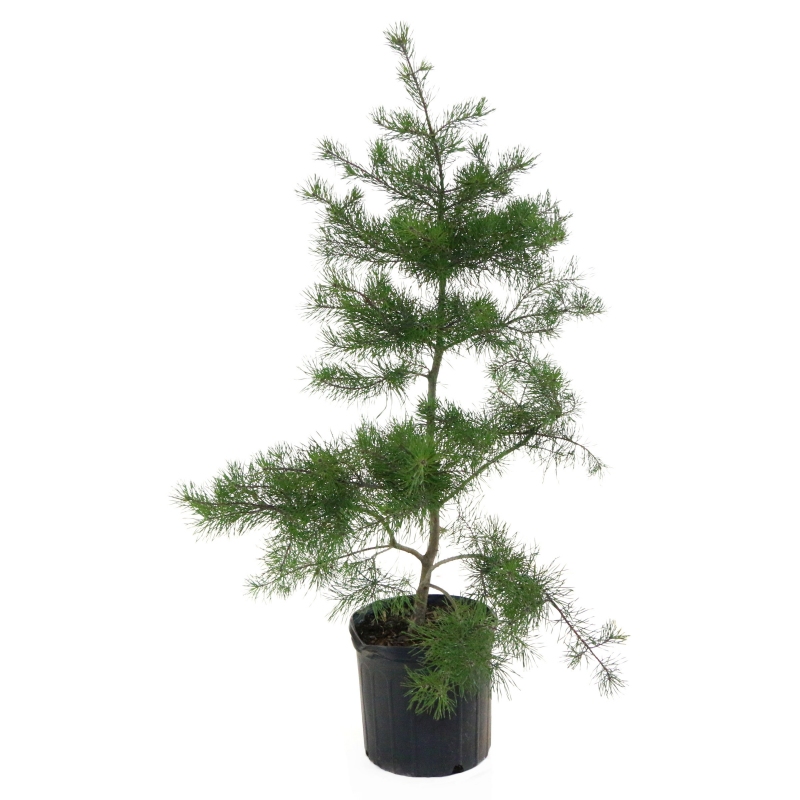
Virginia Pine Tree
Pinus virginiana Virginia Pine
20 reviews
Virginia Pine Tree
Pinus virginiana Virginia Pine
20 reviews
- Fast-growing tree
- Adaptable to various soil types
- Attractive blue-green foliage
- Recommended by landscape designers for optimal fit in real yards
$86.00
$123.00
30% Off
- Ships to 43215 in 3-5 Days
- Free Shipping Over $150
- Plant Arrival Guarantee
- In Stock
- Free Plant Consult
$200 - Landscape-Approved: Every Plant We Sell Comes With Design Expertise Behind It
Trade 3 Gallon
We are sorry, product is currently out of stock due to seasonal availability. Please check the "Related plants available in your area" section below
Not just beautiful - intentionally selected by ShrubHub's 3D landscape design team to fit real-world spaces and maximize yard potential.
Why Virginia Pine Tree?
The Virginia Pine Tree, also known as Pinus virginiana, is a small to medium-sized evergreen tree native to the eastern United States. It is known for its irregular shape, short needles, and red-brown bark. Virginia Pine trees are often used for landscaping and Christmas tree production due to their dense foliage and pleasant aroma. They are also important in wildlife habitats, providing shelter and food for various animals.
Related plants available in your area
Sunlight
Virginia Pine trees prefer full sun to partial shade and thrive in areas with at least six to eight hours of direct sunlight per day. They can tolerate some shade, but their growth and overall health will be best in full sun conditions.
Watering
Virginia Pine trees typically require regular watering, especially during hot and dry periods. They prefer well-drained soil, but should be watered deeply to encourage deep root growth. Mulching around the base of the tree can also help retain moisture in
Fertilizing
Virginia Pine trees are adapted to acidic, well-drained soils and generally do not require additional fertilizer. If soil tests indicate a need for fertilizer, apply a slow-release formula low in nitrogen to avoid excessive growth. It is best to consult wi
Virginia Pine Tree (Pinus virginiana)
- Size: Typically grows 20-40 feet tall with a spread of 20-25 feet
- Shape: Pyramidal when young, becoming irregular with age
- Needles: Short needles in pairs, about 1-3 inches long, yellow-green in color
- Cones: Small cones, about 1-2 inches long, reddish-brown in color
- Growth Rate: Moderate
- Soil Requirements: Prefers well-drained soil, but can tolerate a range of soil types
- Exposure: Full sun to partial shade
- Hardiness Zone: 5-9
- Landscape Use: Can be used as a specimen tree or in a windbreak
- Other Features: Provides habitat and food for wildlife, drought tolerant once established
The Virginia Pine Tree is a beautiful and versatile tree that can thrive in a variety of landscapes. With its unique pyramidal shape and short needles, it is a great addition to any garden or landscape design. Its moderate growth rate and hardiness make it a low-maintenance option for homeowners looking to add a touch of greenery to their outdoor space.
Plant Information:
| Botanical Name: | Pinus virginiana Virginia Pine |
| USDA Zones: | 4 - 8 |
| Mature Height: | 30ft |
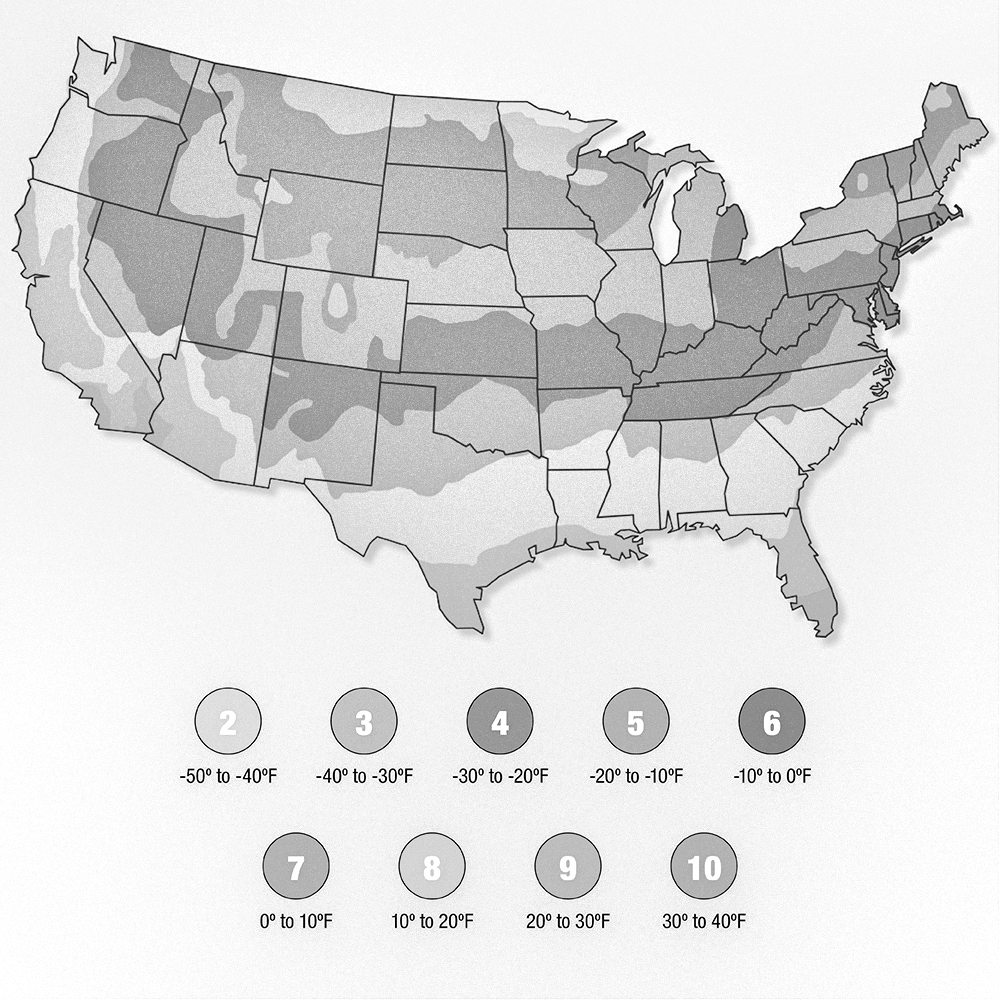
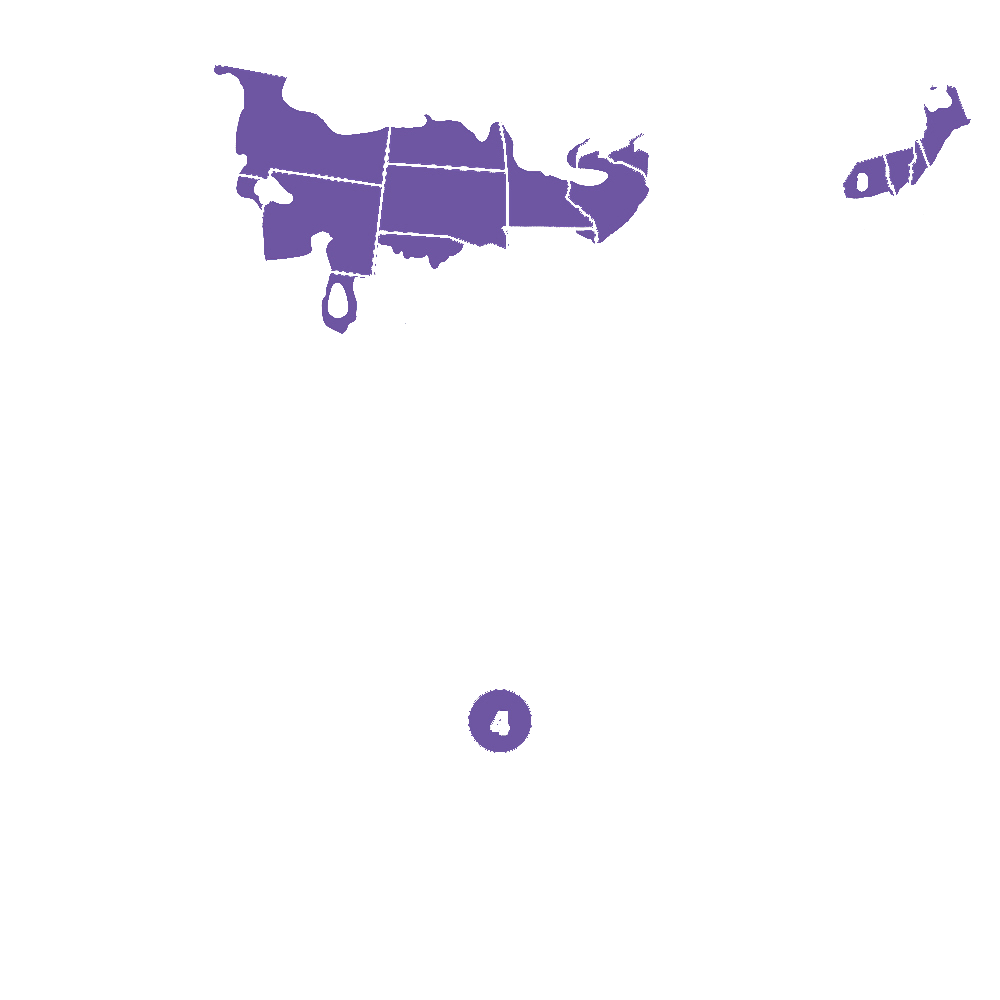
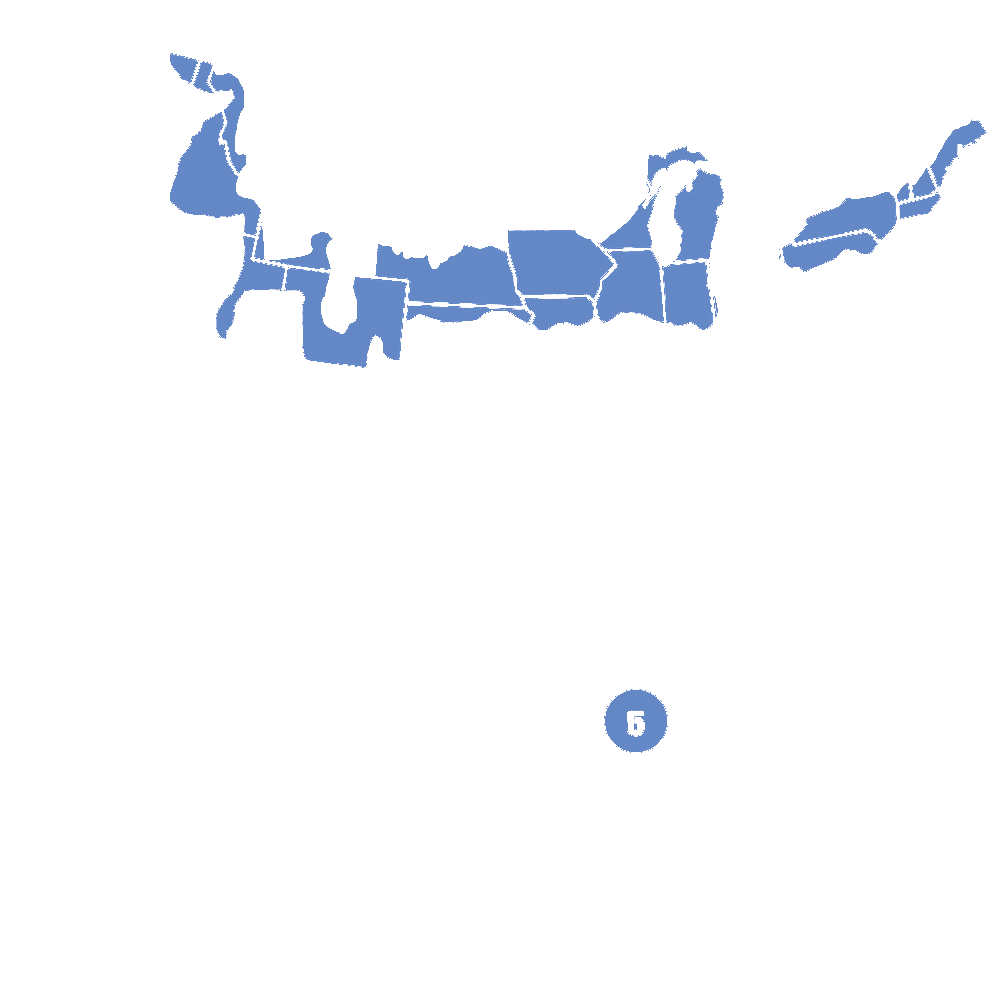
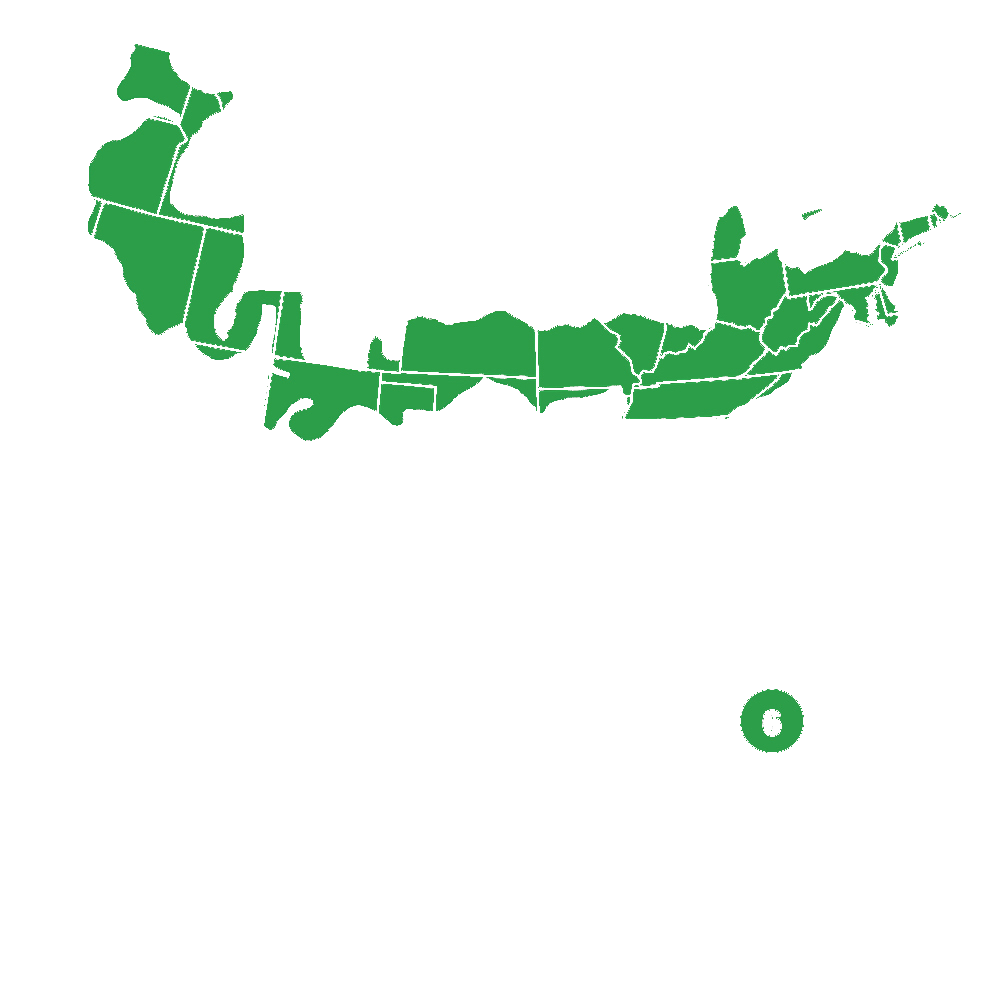

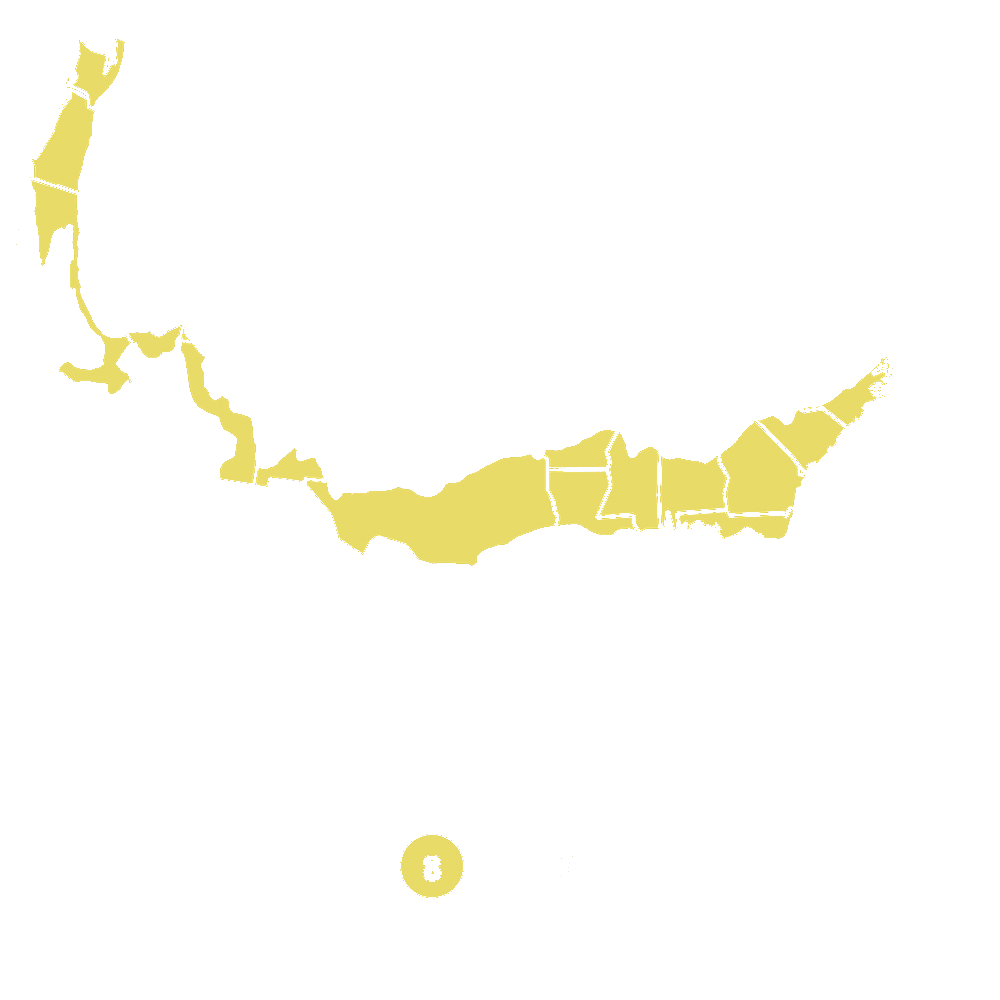
Pollination Info
Virginia Pine Tree (Pinus virginiana) Pollination Info
Virginia Pine trees are primarily wind-pollinated, which means they rely on the wind to carry pollen from the male cones to the female cones. The male cones produce pollen which is released into the air and carried by the wind to the female cones. Once the pollen reaches the female cones, fertilization occurs and seeds are produced.
Virginia Pine trees typically produce both male and female cones on the same tree. The male cones are small and yellowish, while the female cones are larger and red-brown in color. The female cones are usually located at the top of the tree and are more noticeable than the smaller male cones.
Pollination usually occurs in the spring when the weather is warm and windy, allowing for efficient transfer of pollen. The process of pollination is crucial for the reproduction of Virginia Pine trees and the production of seeds for new tree growth.
It is important to note that Virginia Pine trees rely on wind pollination and do not require the presence of insects for pollination to occur. However, insects may still play a role in pollination by visiting the male cones and inadvertently carrying pollen to the female cones.
FAQ
Virginia Pine Tree (Pinus virginiana) FAQ
What is a Virginia Pine Tree?
The Virginia Pine Tree, scientifically known as Pinus virginiana, is a medium-sized pine tree native to the southeastern United States. It is known for its small, twisted needles and cone-shaped crown.
How tall does a Virginia Pine Tree grow?
Virginia Pine Trees typically grow to be around 20 to 40 feet tall, with a spread of about 10 to 20 feet wide.
How do I care for a Virginia Pine Tree?
Virginia Pine Trees prefer well-drained soil and full sun exposure. They are drought-tolerant once established, but will benefit from regular watering during dry periods. Pruning is generally not necessary, unless you want to remove dead or damaged branches.
When do Virginia Pine Trees produce cones?
Virginia Pine Trees typically produce cones in their second year of growth. The cones are small and oval-shaped, and can often be found scattered throughout the tree's branches.
Are Virginia Pine Trees susceptible to any diseases or pests?
Virginia Pine Trees can be susceptible to pine beetle infestations, especially during periods of drought or stress. It is important to monitor your tree for signs of damage and treat as necessary.
Can I plant a Virginia Pine Tree in my backyard?
Virginia Pine Trees can make great additions to residential landscapes, but it is important to consider the tree's mature size and sunlight requirements before planting. Make sure to give the tree enough space to grow and thrive.
Planting & Care
Planting & Care for Virginia Pine Tree (Pinus virginiana)
Planting:
- Choose a location with well-draining soil and full sun exposure.
- Dig a hole that is twice as wide as the root ball of the tree.
- Place the tree in the hole and backfill with soil, tamping it down gently as you go.
- Water the tree thoroughly after planting.
Care:
- Water the tree regularly, especially during dry periods.
- Mulch around the base of the tree to help retain moisture and prevent weeds.
- Prune any dead or diseased branches to promote healthy growth.
- Fertilize the tree once a year in the spring with a balanced fertilizer.
- Protect the tree from deer and other wildlife that may feed on the foliage.
- Monitor for pests and treat as needed.
Check Out These Verified Customer Reviews:
Customer Reviews
4.6 out of 5 based on 20 reviews
Thank you! Your review has been submitted.
Extremely happy with my purchase, highly recommend.
I am very pleased with my purchase of the Pinus Pine 'Virginia' T3G. The plant looks healthy and well-maintained. The shipment was quick, and the packaging ensured it arrived safely. Overall, a great experience!
Item arrived securely packaged, no damage during transit.
Item has been added to your cart.

